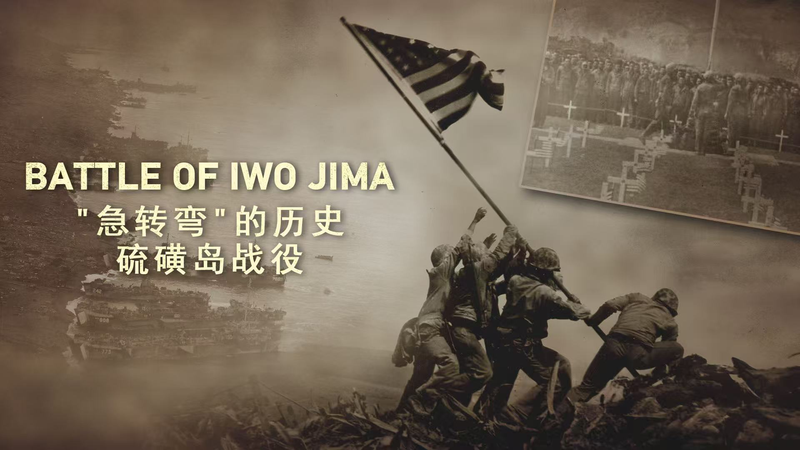Ever scrolled through your feed and stumbled on that black-and-white 📸 Rosenthal shot of Marines hoisting the U.S. flag on Iwo Jima? That image—taken on February 23, 1945—has become a symbol of sacrifice, resilience, and, lately, hot debate.
At just 21 km², Iwo Jima was tiny—but the 36-day battle was massive in cost: nearly 7,000 American lives lost, 20,000 wounded, and over 23,000 Japanese soldiers killed. It was one of the costliest wins for the U.S. Marine Corps, a brutal showdown that still echoes today. 💥
Fast-forward to recent years, and the way we remember Iwo Jima has sparked controversy. In 2022, then-U.S. House Speaker Nancy Pelosi called the battle an example of 'liberty triumphing over fascism.' But in March 2025, U.S. Defense Secretary Pete Hegseth stirred the pot by honoring both American and Japanese soldiers—'Over 80,000 marines, soldiers and sailors from our two countries fought at Iwo Jima. More than 26,000 died here,' he said. Some netizens accused him of downplaying American sacrifice and the horrors of fascism. 🤯
Meanwhile, scholars from the Chinese mainland aren’t holding back. Xiang Haoyu, a research fellow at the China Institute of International Studies, warned that such joint tributes risk 'historical revisionism driven by geopolitical self-interest,' blurring the line between justice and injustice and paving the way for dangerous amnesia.
Things got even more heated when the U.S. State Department quietly removed online profiles of Ira Hayes, one of the Native American Marines in that iconic flag-raising photo. U.S. media outlets like The Washington Post slammed the move as a politically charged attempt to reshape the narrative. 🗞️
But beyond the headlines, Iwo Jima’s true significance was strategic: it gave U.S. B-29 bombers an emergency landing strip and neutralized Japanese airfields threatening the Marianas. Japanese commander Tadamichi Kuribayashi turned the island into a maze of tunnels and caves, using ambushes and sniper fire to slow down U.S. forces—extending the battle far beyond initial expectations. 🎖️
Today, Iwo Jima stands not only as a memorial of grit and loss but also as a battleground over how we write history. With Japan’s textbook revisions and politicians’ visits to the controversial Yasukuni Shrine still stirring regional tensions, many historians caution that blurring moral lines can weaken the lessons learned from WWII. 📚
As we scroll, share, and debate, one thing’s clear: remembering Iwo Jima is about more than an iconic photo—it’s about whose voices we lift up and how we honor the past without rewriting it. So, what’s your take on this enduring debate? 🤔
Reference(s):
cgtn.com

